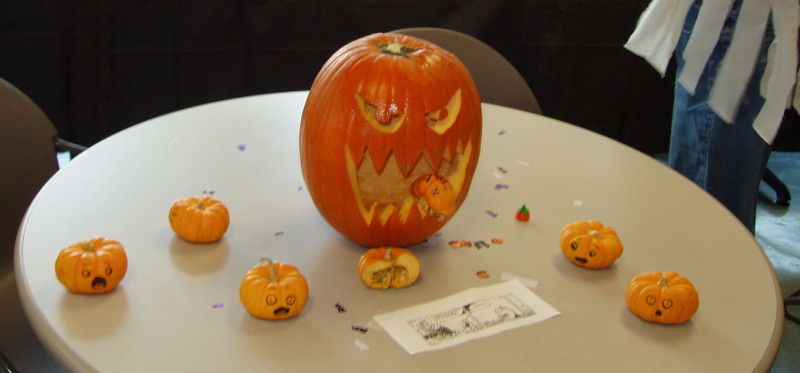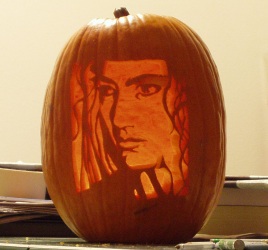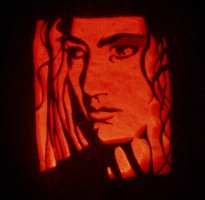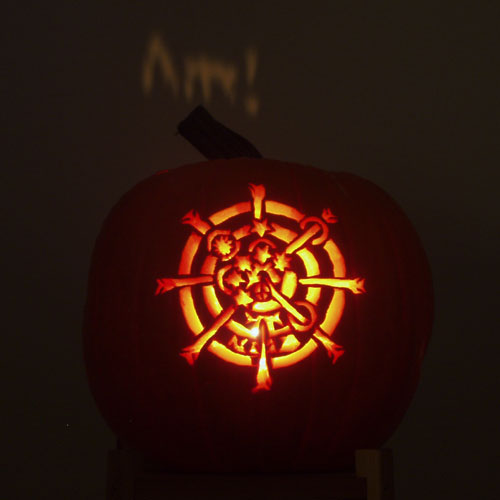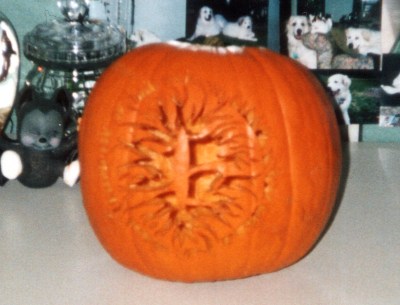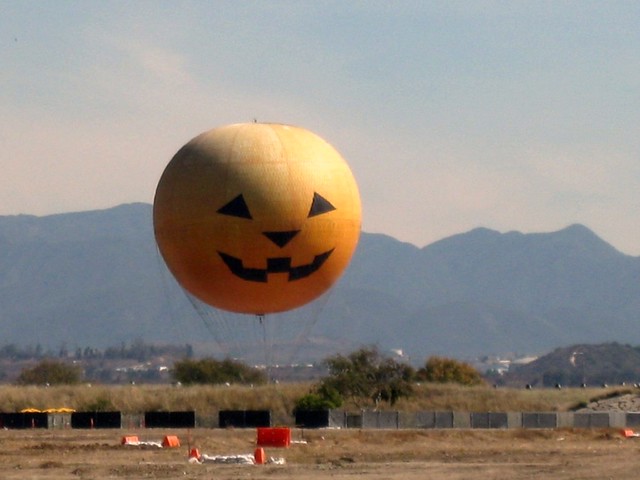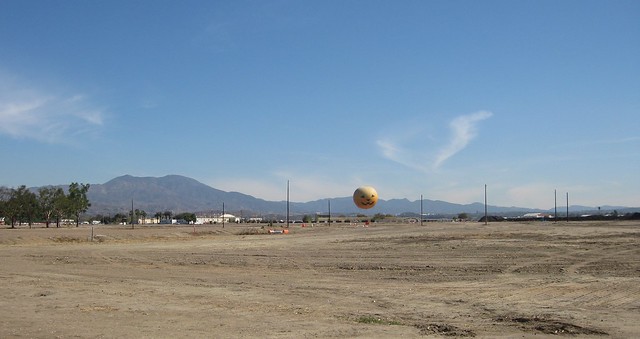This weekend we went out to see The Prestige, which was quite good. The next theater over was running The Nightmare Before Christmas in 3-D, and we figured, what the heck? After the first movie, we got tickets for another.
The Nightmare Before Christmas is one of my favorite movies, but for some reason the 3D release didn’t really interest me when I first heard about it. It felt too gimmicky, like when they project a regular movie on an IMAX screen even though the movie itself isn’t really made for that format.
I got a little more interested when I read an article about how they did it. ILM essentially re-did the entire movie as a computer-animated film, matching each frame exactly, then shifted the virtual camera over a bit. One eye gets the original film, and the other eye gets the CGI copy.
I was astonished at how seamlessly they matched. I couldn’t remember which eye got the original, and I honestly couldn’t tell. Most CGI-animated films have a cartoony, sort of vinyl look to them, which would not blend at all, but ILM is used to matching their CGI to photographed actors and sets, which I suppose makes them the ideal animation studio for this sort of thing. It had to be the most effective reformatting of a film that I’ve ever seen—compare it to colorizing movies, or the Star Wars special editions (which were done by the same effects house, but with older technology)—because it didn’t detract (or distract) from what was there in the first place.
Of course, it wasn’t long before I stopped looking at the technical merits and just settled into watching the movie.
Having re-watched it, I’m now very interested to see what director Henry Selick does with the movie adaptation of Neil Gaiman’s book, Coraline
